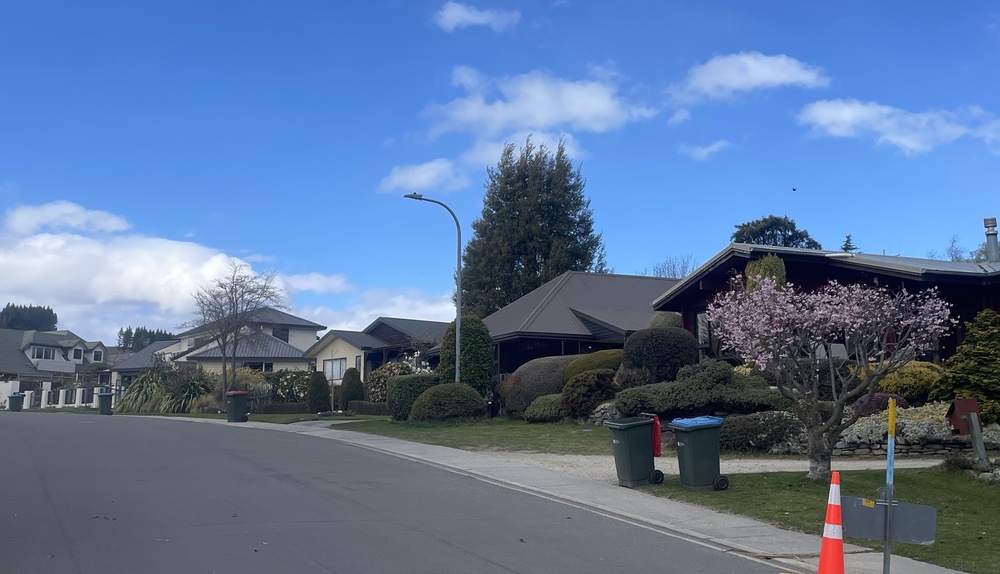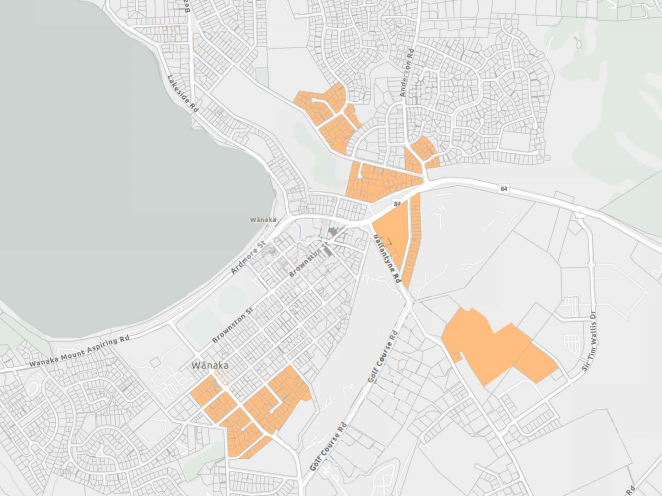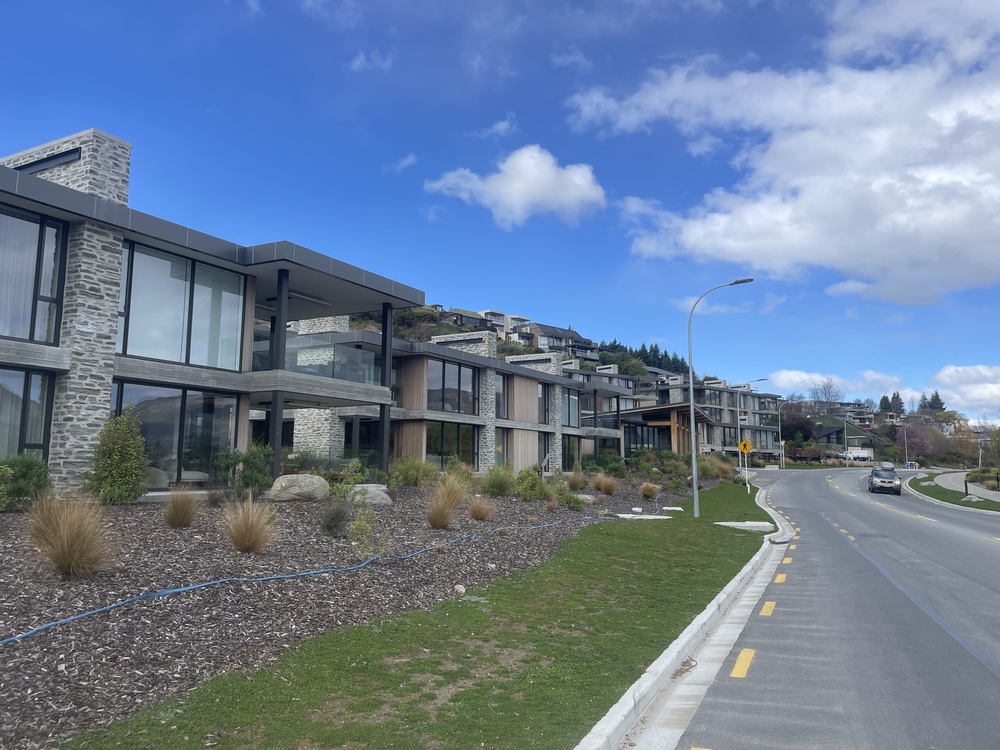Urban intensification: Growth ‘up and out’ proposed
Maddy Harker
12 September 2023, 5:06 PM
 The UIV proposes an 8m height limit for most homes under Low Density Residential Zoning. Because of the current rules, buildings in that zoning type are usually a mix of single and double storey homes.
The UIV proposes an 8m height limit for most homes under Low Density Residential Zoning. Because of the current rules, buildings in that zoning type are usually a mix of single and double storey homes.Two public information sessions are taking place today (Wednesday September 13) to help residents better understand the proposed Urban Intensification Variation (UIV).
If approved, the UIV would allow for increased building height and density in some parts of the district, including some areas in Wānaka and Lake Hāwea, with the most notable changes being adjustments to building height in residential areas.
The UIV also proposes rezoning some of the Upper Clutha’s low density residential areas to medium density.
The goal of the UIV is to increase opportunities for more intensive development.
Planners say this would provide for a broader range of housing stock - everything from smaller homes on smaller sections to terraced homes, units, and apartments.
Proposed changes to low density zones
The proposal would allow for taller buildings on smaller sites within this zone.
Most Low Density Residential Zoning (LDRZ) sites currently allow for a building height of 7m (on flat sites) or 8m (on sloping sites) and, for infill development on sites under 900m2, the height is restricted to 5.5m.

The UIV proposes additional areas around Wānaka are rezoned to Medium Density Residential Zone. Pictured is one of the areas - Clearview Street - where that zoning is already in place.
The UIV proposal recommends applying an 8m height limit across most flat and sloping sites within the LDRZ.
This would enable some additional two-storey buildings at a greater height, but the existing height rules mean two-storey buildings are already allowed in many cases.
The UIV also recommends amending the minimum lot area for LDRZ from 450m2 to 300m2.
Proposed changes in medium and high density zones
The proposal would achieve similar objectives within Medium Density Residential Zoning (MDRZ): that is, allow for taller buildings on smaller sites.
In MDRZ, the UIV recommends building height increases to 11m (+1m for pitch roofs), a height limit which will usually allow for three-storey building heights.
This change would help to facilitate more intensive development, like three-storey walkups and narrow-lot terraced houses.
There are only a couple of High Density Residential Zoning (HDRZ) areas in the Upper Clutha: in Three Parks and along a portion of Lakeside Road. In these zones the UIV proposes a 12m height limit, which again would increase the types of housing which could be built.
Increasing volume in medium density zones
In addition to allowing for more building density and height across residential zoning, the UIV proposes an increase in MDRZ.
MDRZ already exists in pockets around Wānaka and Hāwea, and the UIV recommends rezoning additional areas to MDRZ, with their locations selected due to their proximity to the CBD and public facilities.
The map (below) illustrates the locations where rezoning from LDRZ to MDRZ is recommended in Wānaka, with the light orange colour showing the proposed MDRZ areas.

What sparked the UIV?
The UIV is an outcome of central government’s national policy statement on urban development (NPS-UD), which directs councils around the country to remove some planning rules and plan for growth ‘both up and out’.
Councils must also respond to changes in demand by allowing denser housing in areas where people want to live - locations that are well-connected to jobs, transport and community facilities.

Lakeside Road is one of two Upper Clutha examples where High Density Residential Zoning is in place.
The Ministry of Housing and Urban Development says the proposals respond to overly restrictive planning rules around the country that have driven up prices and denied people housing.
Councils must take into account a broad range of policies in the NPS-UD, with different criteria depending on which of the three ‘tiers’ of urban environment the council is in.
Queenstown Lakes is a ‘tier 2’ environment, as are Dunedin, Napier-Hastings, Whangarei, Palmerston North, and others.
What other changes are proposed and how can I find out more?
The UIV also recommends zoning changes for the Wānaka Town Centre Zone, the Local Shopping Centre Zone and the Business Mixed Use Zone.
It also recommends additional, smaller changes to the LDRZ, MDRZ, and HDRZ that are not described here, and some other location-specific changes.
More detailed information on the UIV can be found here.
A QLDC duty planner will also be available to answer any questions by phone or in-person appointment every workday until September 1 (call the office on 443 0024).
Members of the public can also head to either of the public drop-in sessions taking place today to speak in-person with council staff.
The sessions are taking place at the Lake Wānaka Centre from 12pm-2pm and 4.30pm-6.30pm.
What’s next?
Submissions on the UIV are open until September 21, and information about how to make a submission can be found here.
Once submissions close, a summary of submissions will be made public, further submissions will open, and then a hearing will take place.
When the hearing is complete, the hearing panel’s recommendation report will be considered by councillors, who will make a formal decision on the UIV.
PHOTOS: Wānaka App





